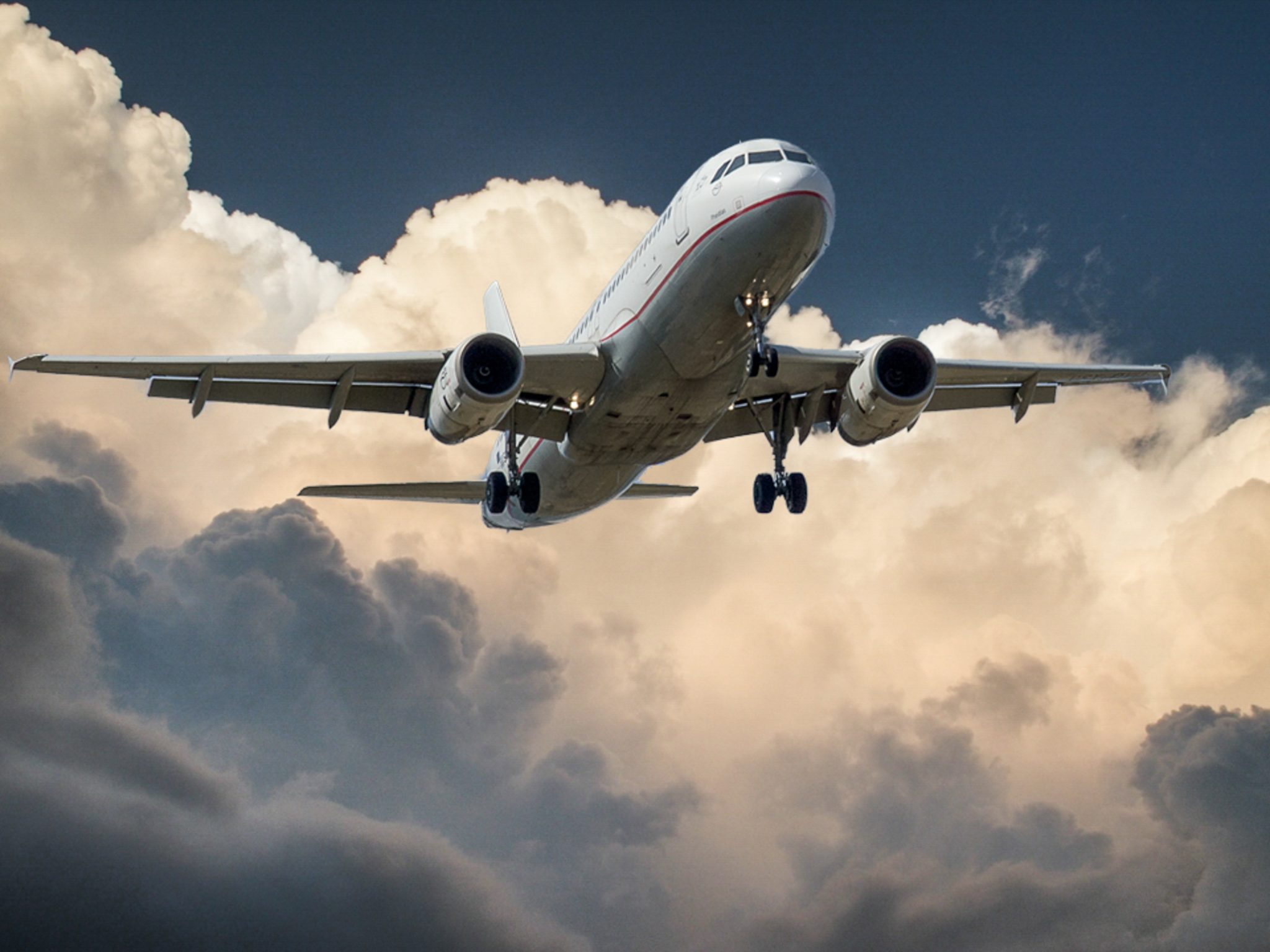
IBM is taking to the skies with its latest Watson deployment, with Korean Air using the AI tech to help crews on the ground with aircraft maintenance.
Using machine learning, Korean Air wants to increase the safety of their planes by taking advantage of the data collection, analytical ability and AI capabilities of IBM’s Watson.
IBM’s Watson will do this by collating data from technical guidelines, inventory and in-flight incident history to analyse a current or potential future problem.
In doing so, it will help to identify the cause of these problems and quickly offer an effective solution.

Typically, on board an aircraft there is around 250GB of data recorded from each flight using IoT devices, as well as flight control and management systems.
Implementing IBM Watson in Korean Aircrafts has significantly reduced the amount of time it takes to analyse problems by a whopping 90% for over 200,000 maintenance cases each year.
IBM said: “The cognitive solution alleviates much of the burden on technicians to know exactly what to look for as they seek answers to complex problems, and reduces the time they spend searching, exporting and analysing the data.”
Although using Watson can identify potential causes of fatal plane experiences, such as crashes it is also useful for those minor problems caused within aircrafts such as delays.
Quickly identifying and correcting a problem causing a delay or possible cancellation both saves crew and maintenance bodies save time, but also keep passengers happy.
– IBM teams up with BMW for big car data
– Azure, Watson & Google into one box
– AI: For better or worse?
Furthermore, Watson could help Korean Air save billions a year in cancellations and delays if the problem can be identified more efficiently.
IBM concluded and said: “Korean Air is supplementing human intuition with a cognitive computing solution that can ingest larger, more diverse data sets and reach conclusions faster.
“This changes the equation for airlines, allowing them to spend less time on maintenance and more time in the air.”






